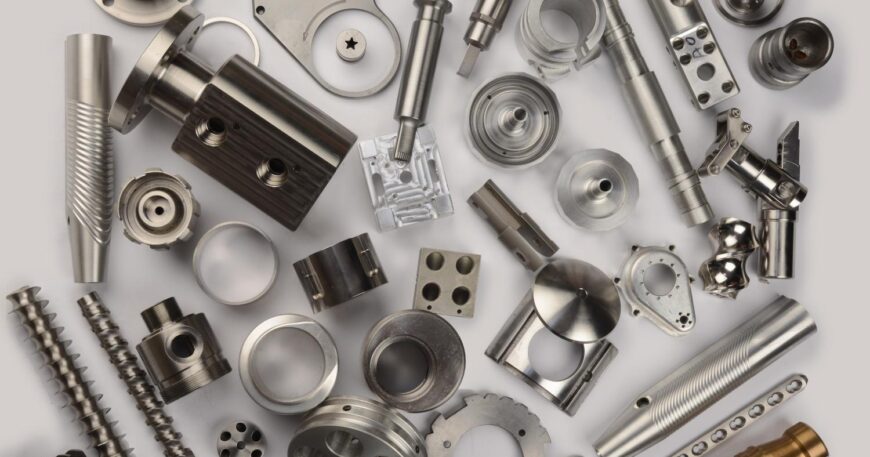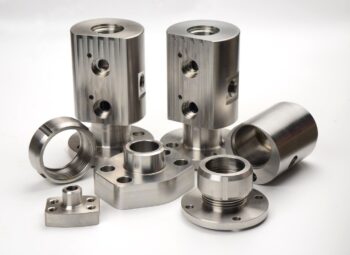In the world of engineering, where precision is the backbone of functionality, machining stands as the silent artisan shaping the very foundation of innovation. From intricate aerospace components to robust machinery parts, the art and science of machining engineering components play a pivotal role in transforming designs into reality. In this blog, we delve into the fascinating realm of machining, exploring its significance, challenges, and the cutting-edge techniques that propel industries forward.
The Essence of Machining in Engineering:
Machining is the process of shaping raw materials into precise components, turning designs conceived on a drawing board into tangible and functional parts. The significance of machining in engineering cannot be overstated; it bridges the gap between imagination and realization, providing the physical embodiment of innovation.
Challenges in Machining Engineering Components:
- Tolerance and Precision:
Engineering components often demand tight tolerances to ensure optimal performance. Achieving such precision requires advanced machining techniques, cutting-edge tools, and state-of-the-art technology. - Material Complexity:
Engineering components are crafted from a myriad of materials, each with its unique challenges. From metals to composites, machinists must navigate the intricacies of various materials to ensure quality and durability. - Optimizing Efficiency:
Striking a balance between precision and production speed is a perpetual challenge. Machinists need to optimize their processes to deliver components efficiently without compromising quality. - Adaptability to Design Changes:
Engineering projects often undergo design iterations. Machining processes must be adaptable to accommodate changes without causing delays or compromising the integrity of the final product.
Cutting-Edge Techniques in Machining:
- CNC Machining:
Computer Numerical Control (CNC) machining has revolutionized the precision and repeatability of manufacturing processes. It enables the creation of complex shapes and intricate geometries with unparalleled accuracy. - Additive Manufacturing:
3D printing, or additive manufacturing, is reshaping the landscape of machining. It allows for the creation of intricate components layer by layer, offering design flexibility and reducing material waste. - High-Speed Machining:
High-speed machining techniques involve increased cutting speeds and optimized tool paths, resulting in quicker production times and improved surface finishes. - Advanced Materials and Coatings:
The use of advanced materials, such as superalloys and ceramics, coupled with cutting-edge coatings, enhances the durability and performance of machined components, especially in demanding industries like aerospace.
Conclusion:
In the symphony of engineering, machining plays the role of a virtuoso, crafting components with precision and finesse. As technology continues to evolve, so too does the art and science of machining. From CNC machining to additive manufacturing, the toolbox of the modern machinist is expanding, ushering in an era of limitless possibilities for engineering innovation. With an unwavering commitment to excellence, machinists propel the world of engineering forward, turning dreams into reality, one precisely machined component at a time.







